Buy this landscape artwork Langdale Valley Cumbria - wall by Hans Janssen on canvas, ArtFrame, poster and wallpaper, printed on demand in high quality.
About "Langdale Valley Cumbria - wall"
by Hans Janssen
About the artwork
Cumbria's stone walls are more than just yard fences; they are an integral part of the region's landscape and history. Defining the typical image of the Lake District, these walls have served an important function in agriculture and conservation for centuries. They are built from the local rocks, usually grey, mossy stones found on the land itself, and they often follow the winding lines of the hills and valleys.
In mountainous Cumbria, where animal husbandry is important, stone walls also help keep sheep, cows and other livestock contained. Sheep, such as the famous Herdwick sheep, graze in the region's open fields and hills. The walls provide a physical barrier that keeps livestock from running away and also from entering unsafe or undesirable areas, such as near river beds or dangerous steep slopes.
In addition, the walls protect livestock from the often harsh weather conditions typical of the Lake District. The steep walls can slow the wind, especially in winter when snowstorms can blanket the landscape. This makes it a kind of natural 'protection mechanism', although farmers always had to be vigilant of the force of nature.
On this walk through the Langdale Valley, I encountered this crumbling wall. In the background, the mountains and soft sunlight.

About Hans Janssen
What started out as the work of pure hobbyists on bright winter days, grew into a large collection of beautiful photographs at all kinds of locations and through all seasons, right across Brabant. Now it is an ever-growing collection of photographs of landscapes, cities, churches and.. Read more…
 Germany
Germany Ordered in March 2023
Ordered in March 2023
 Netherlands
Netherlands Ordered in February 2023
Ordered in February 2023
 Germany
Germany Ordered in July 2021
Ordered in July 2021
 Netherlands
Netherlands Ordered in August 2017
Ordered in August 2017
 Netherlands
Netherlands Ordered in February 2022
Ordered in February 2022
 Netherlands
Netherlands Ordered in April 2024
Ordered in April 2024
 Germany
Germany Ordered in January 2024
Ordered in January 2024
 Netherlands
Netherlands Ordered in September 2021
Ordered in September 2021
 Netherlands
Netherlands Ordered in November 2024
Ordered in November 2024
 Germany
Germany Ordered in December 2020
Ordered in December 2020
 Netherlands
Netherlands Ordered in January 2022
Ordered in January 2022
 Germany
Germany Ordered in March 2024
Ordered in March 2024
About the material
ArtFrame™
Interchangeable Art Prints
- High-quality print
- Easily interchangeable
- Acoustic function
- Large sizes available
Discover the artworks of Hans Janssen
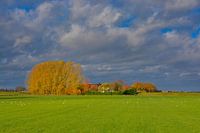 Autumn colours in the Henriëttewaard, Den BoschHans Janssen
Autumn colours in the Henriëttewaard, Den BoschHans Janssen Big Peel in winterHans Janssen
Big Peel in winterHans Janssen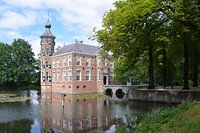 Bouvigne BredaHans Janssen
Bouvigne BredaHans Janssen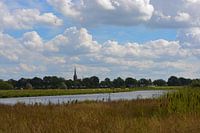 The Markdal and UlvenhoutHans Janssen
The Markdal and UlvenhoutHans Janssen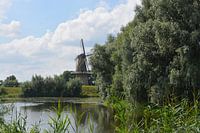 WoudrichemHans Janssen
WoudrichemHans Janssen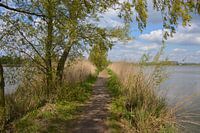 Biesbosch dikeHans Janssen
Biesbosch dikeHans Janssen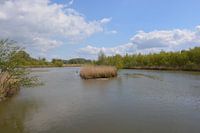 Biesbosch national parkHans Janssen
Biesbosch national parkHans Janssen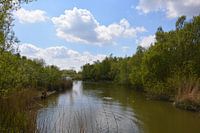 Biesbosch national parkHans Janssen
Biesbosch national parkHans Janssen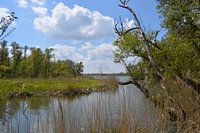 Biesbosch national parkHans Janssen
Biesbosch national parkHans Janssen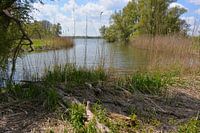 Biesbosch national parkHans Janssen
Biesbosch national parkHans Janssen Isle of Skye ferryHans Janssen
Isle of Skye ferryHans Janssen Curacao, coloured housesHans Janssen
Curacao, coloured housesHans Janssen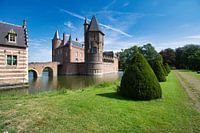 Heeswijk CastleHans Janssen
Heeswijk CastleHans Janssen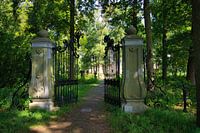 Heeswijk Castle entrance gateHans Janssen
Heeswijk Castle entrance gateHans Janssen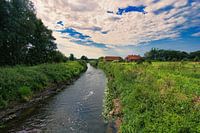 River the Aa towards SeldensateHans Janssen
River the Aa towards SeldensateHans Janssen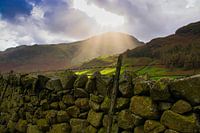 Langdale Valley - sunshineHans Janssen
Langdale Valley - sunshineHans Janssen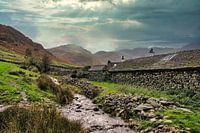 Langdale Valley Cumbria - farmHans Janssen
Langdale Valley Cumbria - farmHans Janssen Langdale Valley Cumbria - Herdwick sheepHans Janssen
Langdale Valley Cumbria - Herdwick sheepHans Janssen Langdale Valley Cumbria - wallHans Janssen
Langdale Valley Cumbria - wallHans Janssen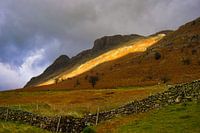 Langdale Valley Cumbria - sunlight on mountainHans Janssen
Langdale Valley Cumbria - sunlight on mountainHans Janssen













 Landscapes
Landscapes National Park Lake District
National Park Lake District Photo wallpaper
Photo wallpaper Photography
Photography Serene Peace
Serene Peace









